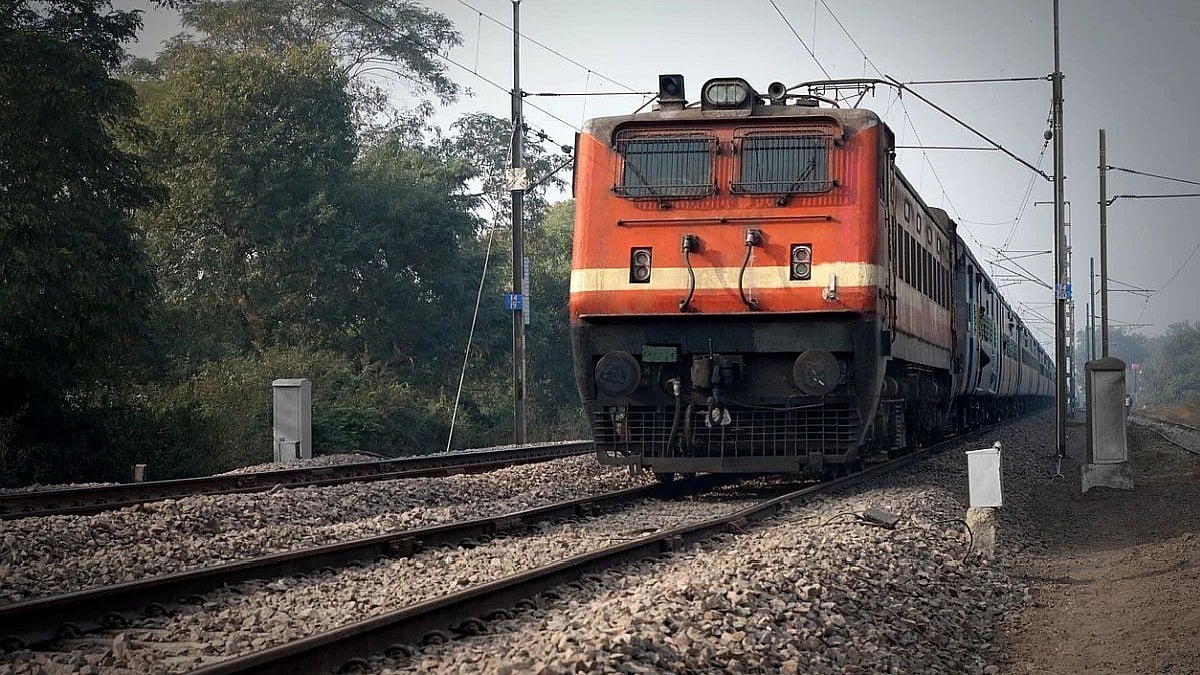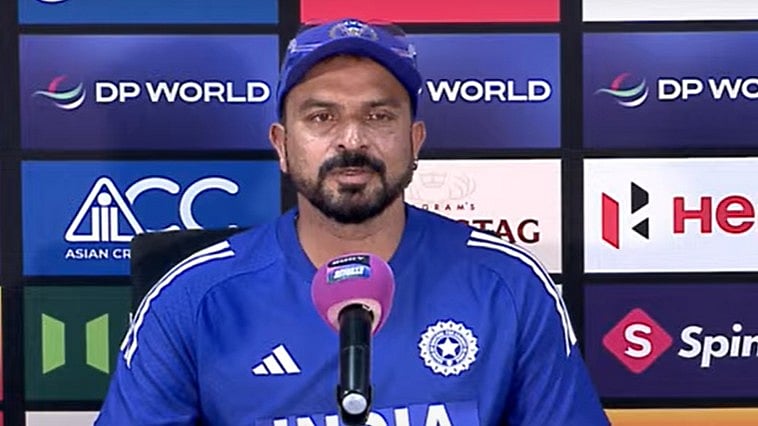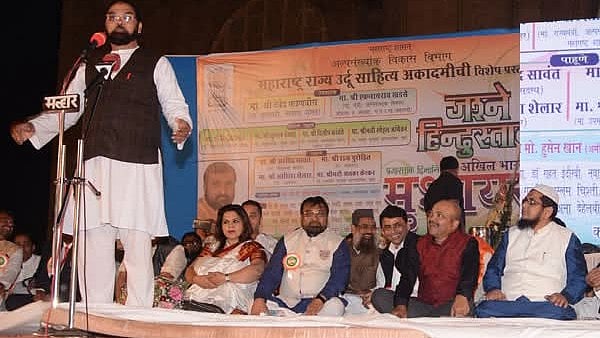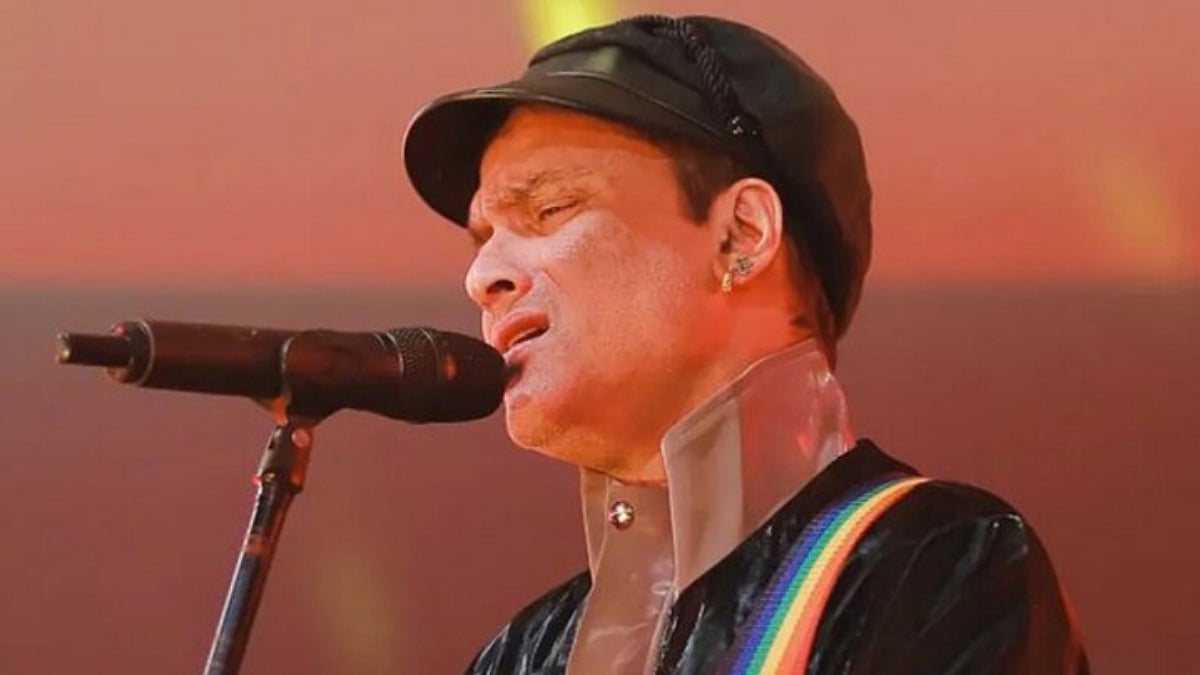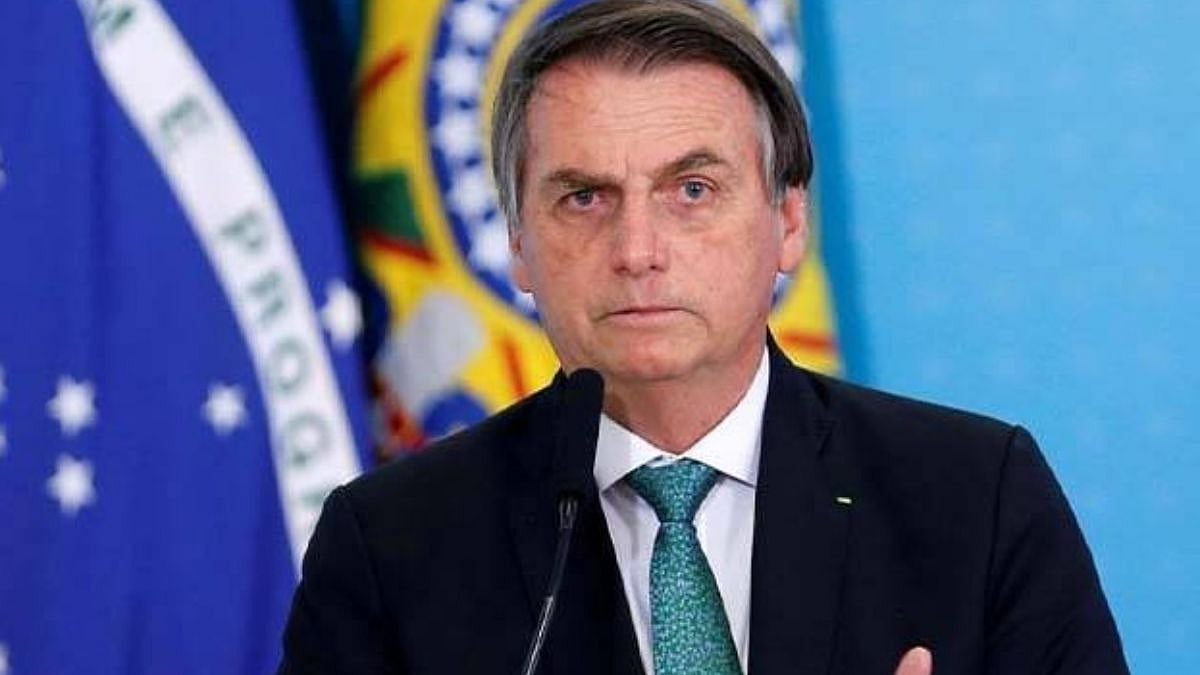The government’s capex over the last 10 years has been concentrated in two areas besides defence. These are roads and railways. The focus on railways has largely been on introducing faster sophisticated trains, adding new lines, developing metro systems, etc., which has added quality to the services. As the government would continue to spend on railways, this would be an opportune time to also bring in reforms to align with services in other model countries.
Two areas come to mind here. The first is to reform the overall systems in certain aspects of its functioning, which will enhance security and quality. The second is privatisation of railway stations to enable the railways to earn a return from the same. This will fall in the category of leveraging assets to create new revenue streams.
Given the series of learnings from various incidents in the last year or so, attention can be paid to the security issue. First, the train compartments in suburban trains need to have automatic closing doors. This will reduce the chances of commuters getting injured while travelling on trains. This is necessary to make travel more humane for millions of people.
Second, the concept of general compartments in long distance trains needs to be done away with. It has been observed that this service is generally used by the relatively less literate people in lower income groups. The compartments are overloaded with 2X the capacity, if not more, which leads to other problems such as brawls and accidents. All tickets should be sold on the basis of reservations. This will lower the chances of stampedes at railway stations where passengers rush in to get seats.
Third, the safety equipment used should be made first in class to eschew accidents which have taken place in past due to faulty rails, signaling, etc. Fourth, the compartments need to be changed or revamped to make the toilet systems modern in terms of disposal of sewage. Fifth, all railway stations need to be fenced completely just like airports to ensure that the perimeter is sealed and that it is open only to passengers. This will ensure that touts and petty criminals do not have access to these facilities.
Last, the capex of the government could also address the issue of lengthening platforms across the country and levelling them to enable trains with higher capacities to run based on feasibility as well as ensure safety of passengers boarding or alighting from trains. This will also address the issue of general compartments being dispensed with. We must have futuristic planning, buffering in a higher number of passengers.
These suggestions are basic hygiene issues that can be addressed quite comfortably with the requisite budgetary allocations. In fact, the Western Railways in Mumbai had lengthened all the city platforms to accommodate 12 coaches from 9 in a seamless manner, which shows that the ability to implement is quite good.
The other aspect is privatisation of railway stations. The model works on similar lines as airports, where there is an enhancement of facilities combined with user charges. It has been seen in India that when fares are increased, traffic is rarely affected, as people have to travel and the railways provide the connection to most places in the country. As a corollary, the modernisation approach can include these user charges.
First, entry to all stations should be for travelers with the ticket code allowing the same. While visitors should ideally be kept to minimum, it may not be possible to exclude them given the different age groups that travel. There can be a substantial increase in the platform ticket fare from Rs 10 to Rs 50, which will automatically reduce the number of persons coming to see-off families and friends.
Second, there has to be an overhaul of the porter system, a closed group as of now, which exploits passengers. The charges that are fixed must be made mandatory for the porters, with penalties for any deviance. Simultaneously, introducing lifts and escalators will enable passengers to handle their own luggage.
Third, the other exploitative service at stations pertains to taxis. A prepaid facility should be made mandatory with a GPS tracking system to ensure that all fares are tracked on a real time basis. Fourth, the refreshment stalls need a revamp to ensure hygiene. This is something that the developer can fathom in terms of the number of outlets as well as pricing. While ideally the pricing must be kept on the lower side, given the financial background of majority of the travelers, the demand-supply equilibrium can be achieved by an implicit price discovery process. There can be differentiated outlets to cater to those travelling by higher classes.
There is a cost involved in bringing about this major transformation in the look and experience on trains which can be recovered as user fees just as it is done in case of airlines. Broadly, around 350 crore passengers would be travelling by long distance trains this year of which 300 would be in the second class and 50 in the upper classes. Charging Rs 200 on an average for higher classes and Rs 50 for the second class can garner Rs 25,000 cr per annum.
Various permutations can be worked out on this count, which can be either divided between the government and private partner or, else, retained with the latter in case the stations are auctioned out to private parties. These two ideas need to be picked up and pursued over the next ten years across the country, which will surely yield results.
The author is Chief Economist, Bank of Baroda and author of ‘Corporate Quirks: The Darker Side of the Sun’. Views are personal.
